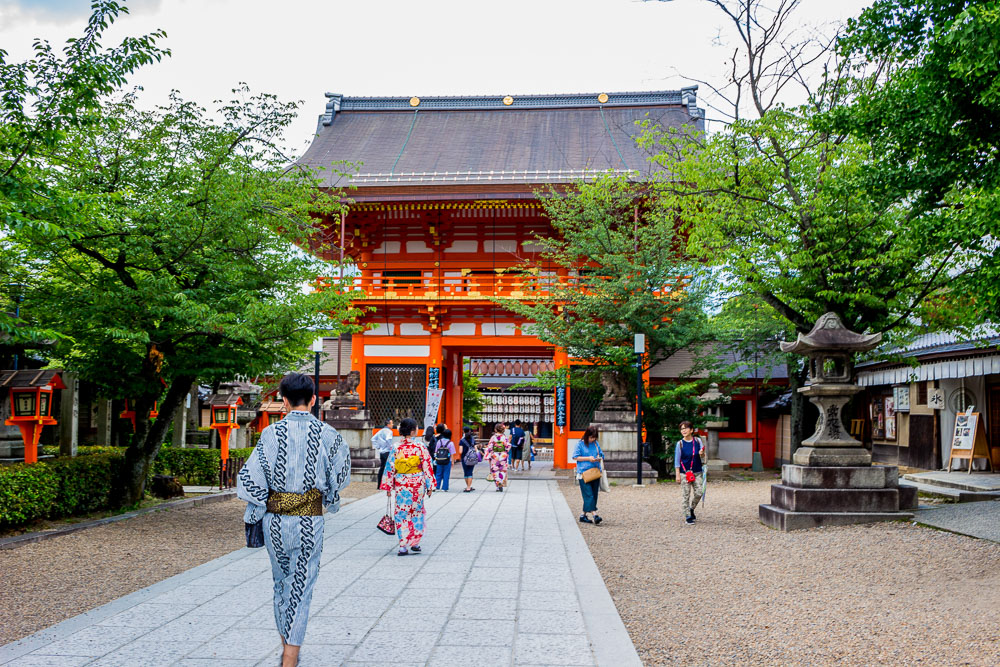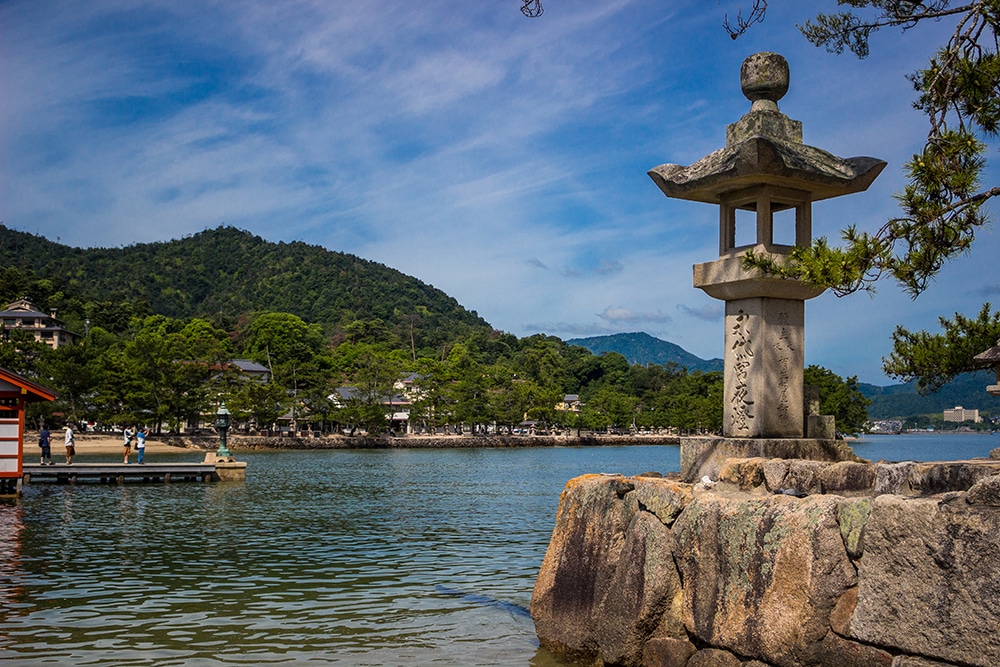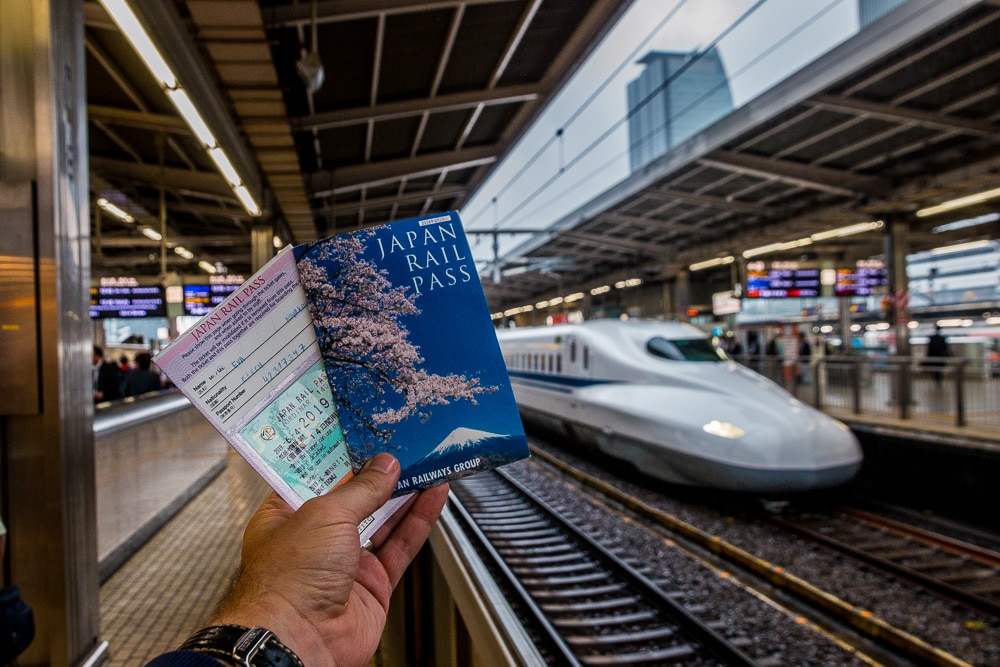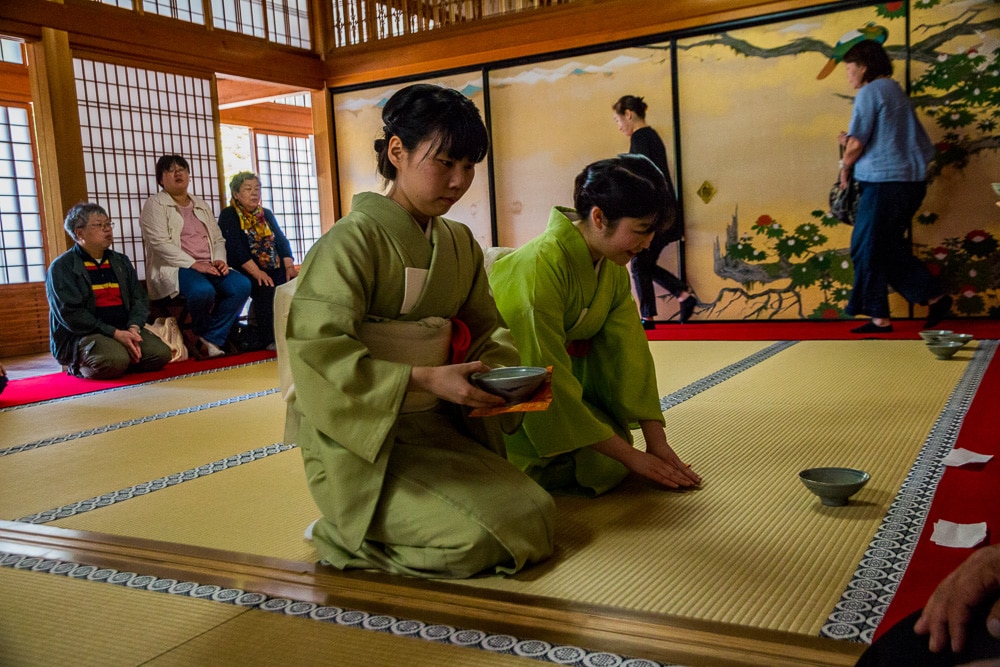Japan, the land of the rising sun, offers each visitor a unique and deep-rooted culture. Japan has developed independently of other civilizations because of its isolation, which is why a completely genuine and unique society has emerged. If you are planning a trip to Japan, read our travel guide. Especially, if you are traveling to Japan for the first time, you should plan well ahead. Some of our tips here will also be useful for travelers who have already been to Japan.
1. Prepare an itinerary for a trip to Japan
Japan is full of interesting places and activities. During your planning, you may soon feel overwhelmed with the vast amount of options. It is good to know that you cannot visit all places in one trip. Find a few sights, places, activities you want to do, and make your basic itinerary. Adding more activities is very simple. A good example is Kyoto, where there are hundreds of temples – check out our 10 tips for Kyoto.

When you think up an itinerary, find out what sights are currently undergoing reconstruction. Temples and sanctuaries sometimes need renovations, and since there are so many in Japan, you will certainly see one under a scaffold or even closed. It is good to think about it in advance, so you won’t be disappointed. If you plan to see Tokyo, be sure to visit the Japanese Tsukiji Fish Market.
2. You can visit Japan all year round
When you find out how to plan your trip to Japan, you will be interested in what time to go there. Due to the four seasons and the size of Japan, you can go there year-round. During spring, you can admire the Sakura blooming, gradually from south to north of the country. The Japanese love this period, so they have a national holiday around the beginning of May, which lasts about a week. Most Japanese during the week, i.e., Golden week, travel around Japan and admire the beauty of the famous cherry blossom. If you plan to travel to Japan during Golden week, you should book all the accommodation and transport well in advance because everything is crowded.
In summer, expect hot temperatures in Japan, but it frequently rains too. So there are fewer tourists, and the hotels are the cheapest. Btw, do not forget to visit the tropical island of Okinawa, which is famous for its beautiful beaches and also the highest concentration of centenarians in the world. Autumn offers more stable temperatures in Japan. Local maples turn violet-red, and the whole landscape is dressed in beautiful colors. During winter, you can enjoy the magical atmosphere under the snow in the northern Japanese Alps. The ideal choice is enjoying countless natural hot springs, called Onsen.
3. Have an internet connection on your phone
Japan is a very technologically advanced country, and so are mobile networks. LTE works well across the country, so make sure your phone supports LTE. You need to have roaming enabled in Japan to use your phone. Be prepared that roaming charges are very high. Therefore, we recommend buying a local SIM card, at least for the Internet access.
Although most hotels have free Wi-Fi, the speed is not as good as you would expect. Sometimes, we caught Wi-Fi on some trains, but it was not very reliable. You can get a SIM card immediately upon arrival at the airport or order it online.
4. Choose the correct rail pass for your Japan trip
Japan Rail Pass (JR Pass for short) is a rail pass for overseas visitors sold by the Japan Railways Group and is valid for trains all over Japan. Almost every article about travelling around Japan will recommend you buy this Pass. The JR Pass is not an inexpensive matter, and it is not always worth it!, Depending on where you travel all over Japan, it is good to calculate whether it is worth buying a JR Pass.

JR Pass does not apply to all trains, only to the Japan Rail Group, except for the fastest Shinkansen NOZOMI and MIZU. The difference with the slower Shinkansen is that they have fewer stops along the way. On the other hand, there is a lot of small train companies in Japan too, which often only operate a small number of routes, and, of course, JR Pass is not valid there. A JR Pass makes sense if you travel mostly through Shinkansen state trains across the country. To give you an idea of whether your JR Pass itinerary pays off, enter your projected transfers from this calculator.
If you do not want to travel all over Japan, then you consider buying a ticket that only applies to a certain area of Japan. It is a great alternative to the JR Pass, and you can save a lot of money. A very common itinerary for the first-time trip to Japan is Tokyo, Kyoto and Osaka. If you are considering this route, we recommend that you consider buying a Kansai Area Pass plus a one-way ticket for Shinkansen Tokyo – Kyoto. It is much cheaper than the 7-day Japan Rail Pass.
5. Learn the basics of etiquette and local customs
Japan and its entire history are intertwined with many ethical differences to Western ways of life. Anyone who comes to Japan for the first time is always a little surprised. The Japanese are very disciplined, honestly follow all the rules, and they are among the politest nations in the world. When you plan a trip to Japan, read some basics of etiquette, such as:
- No tipping anywhere
- Quiet, please
- Be careful with chopsticks
- Don’t Walk and Eat
Tea ceremony is one of the most favorite Japanese rituals – book it here
6. Learn some basic phrases in Japanese
It is said that the Japanese are a very reserved nation. It is a good idea to learn a few Japanese phrases as you travel through Japan. This will help you get closer to the local people. The Japanese are not so intense and warm to foreigners and do not like to speak English. If you try to communicate with them, knowing a few Japanese words can make things easier.
- Hello – konnichiwa (こんにちわ)
- Thank you – arigatō (ありがとう)
- Excuse me – sumimasen (すみません)
- I am sorry – gomennasai (ごめんなさい)
- Yes – hai (はい)
- No – iie (いいえ)
I know all travel tips are just basic, but you should know them before going to Japan. Do you miss something here, or do you have your own experience with planning a trip to Japan? Let us know in comments.







[…] If this is your first time visiting Japan, learn great tips for planning a trip to Japan. […]